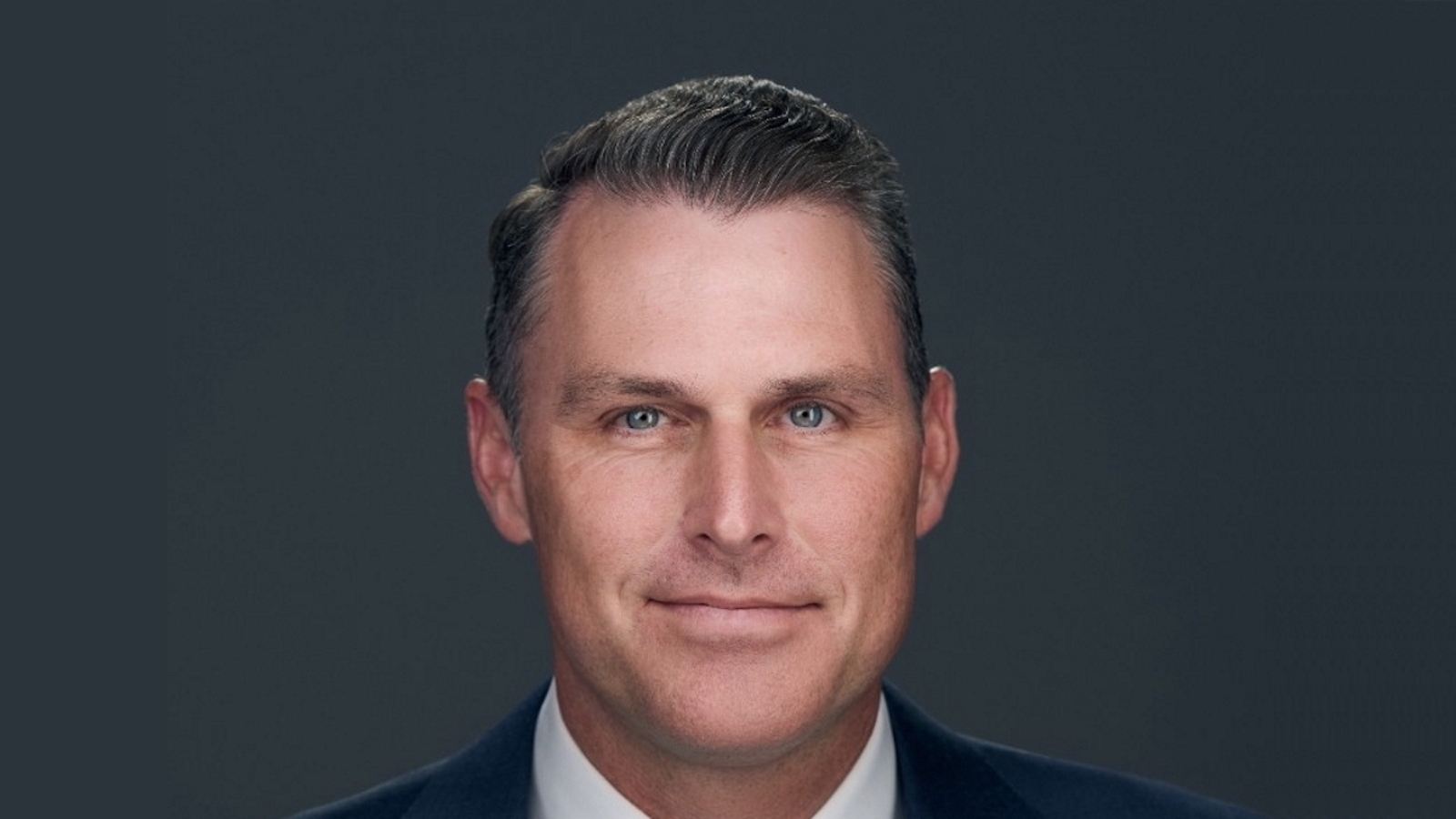An increasing number of businesses are making the switch to captive health insurance from traditional insurance due to concerns like increasing health care costs and a need for more flexibility.
A health insurance captive is a "wholly owned subsidiary insurer that provides risk-mitigation services for its parent company or a group of related companies." Captives can offer many benefits to companies, but who is a good candidate for health care captives?
A health insurance captive allows for groups of employers to come together to share the risk through risk mitigation using a stop-loss insurance model, according to Everlong Captive Consulting Group. This model makes it possible to keep costs down and also reduces volatility. By employers self-funding their group health plan in the captive, they eliminate the profits carriers bake into fully insured coverage, which typically produces considerable savings in the first year.
Companies like Everlong Captive Consulting Group make it possible for employers to purchase group health insurance and help keep plan costs low through innovative solutions. With an aim to fight increasing medical costs caused by transparency and lack of control, Everlong modifies and restructures the current captive model used in the business liability space to provide solutions for employers.
"The reason we’re doing all this is because the costs are just too high," Doug Truax, founder and CEO of Everlong Captive Consulting Group, said on its website. "At Everlong, we are able to turn back the tide of ever-increasing medical insurance costs caused by lack of control and transparency using our unique Captive Cell insurance model."
Everlong's captives are owned by its members and managed by Everlong. Members retain the flexibility to choose how their health plans are structured, as well as the vendors and service providers they work with. Everlong works with members to move beyond standard “well-being” programs and focus on sophisticated wellness and disease management, population health and data analytics initiatives. Innovation is quickly becoming an expectation and is why Everlong’s high-performance captive program doubled in size in 2021.
Larger-scale companies were many of the first to utilize health captives because they had more of an ability to do so. However, over the years, many smaller-scale companies have seen the benefits of switching to the captive model. Through joining forces with other similarly sized companies, many have been able to adapt the model to their needs. By reducing financial risk and the number of employees needed to pay for their health care, employers are able to better support talent acquisition and retention.
Some of the advantages of switching to captive health insurance include controlling drug costs and reducing tax and admin costs. Because about 25% of claims on average relate to prescription drugs, captives give employers flexibility to choose vendors, allowing them to make selections with reduced costs, rebates, etc. Another advantage of choosing captive is that there is more of a focus on the improvement of the health and well-being of employees, in an effort to mitigate and manage claims.

